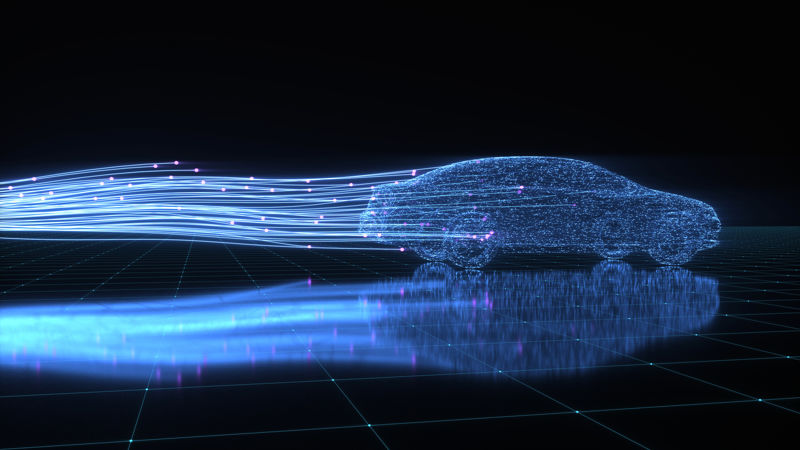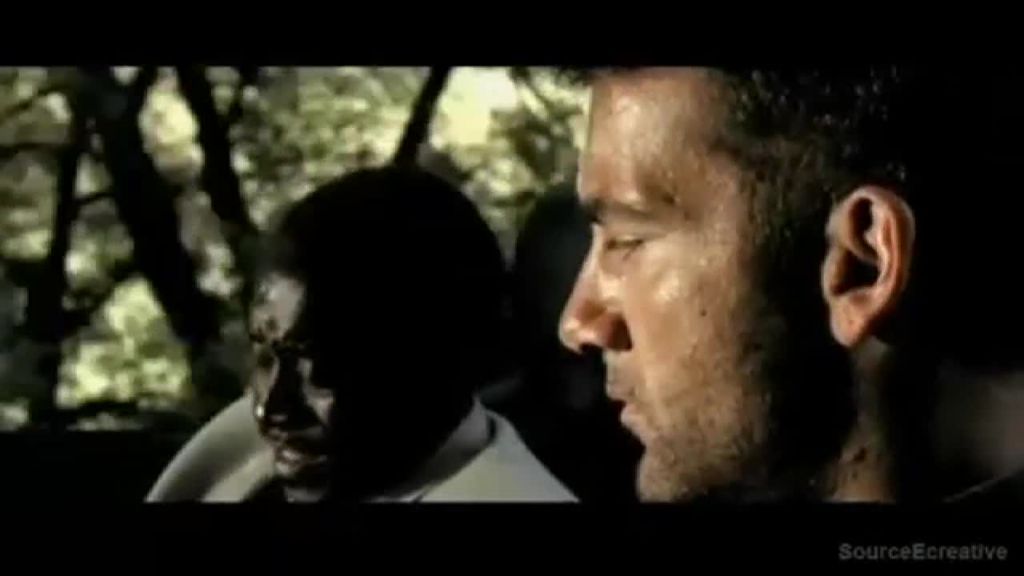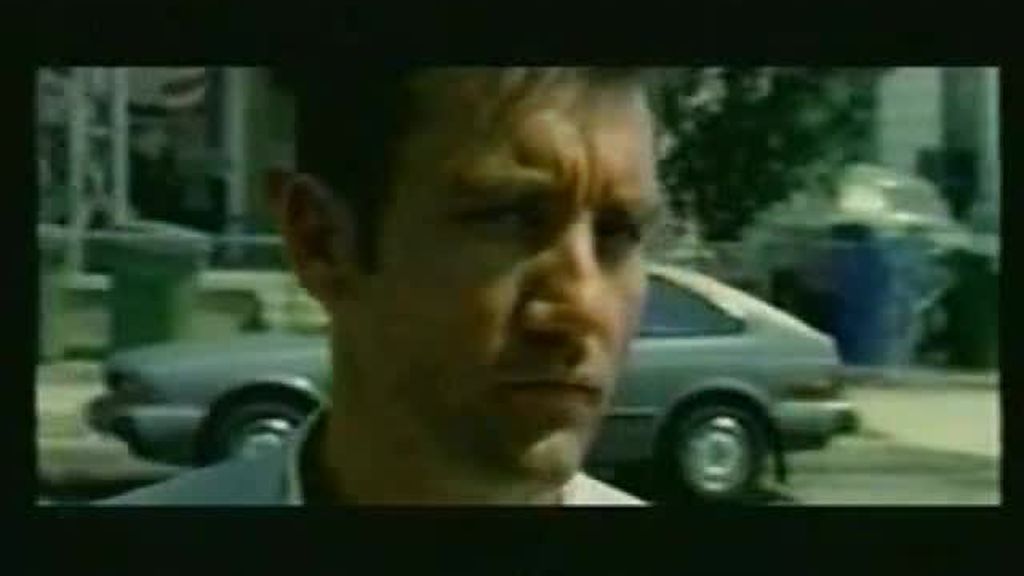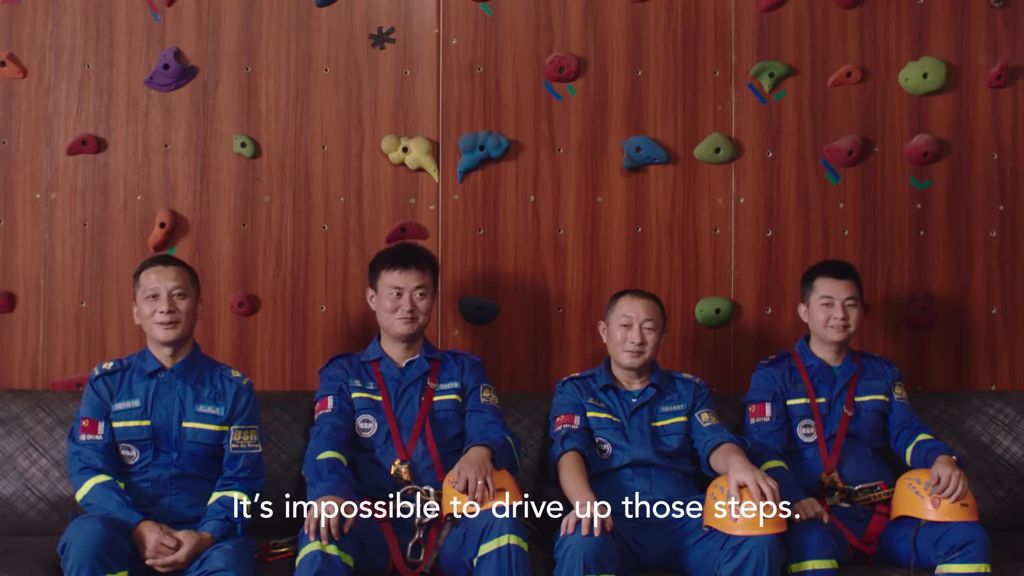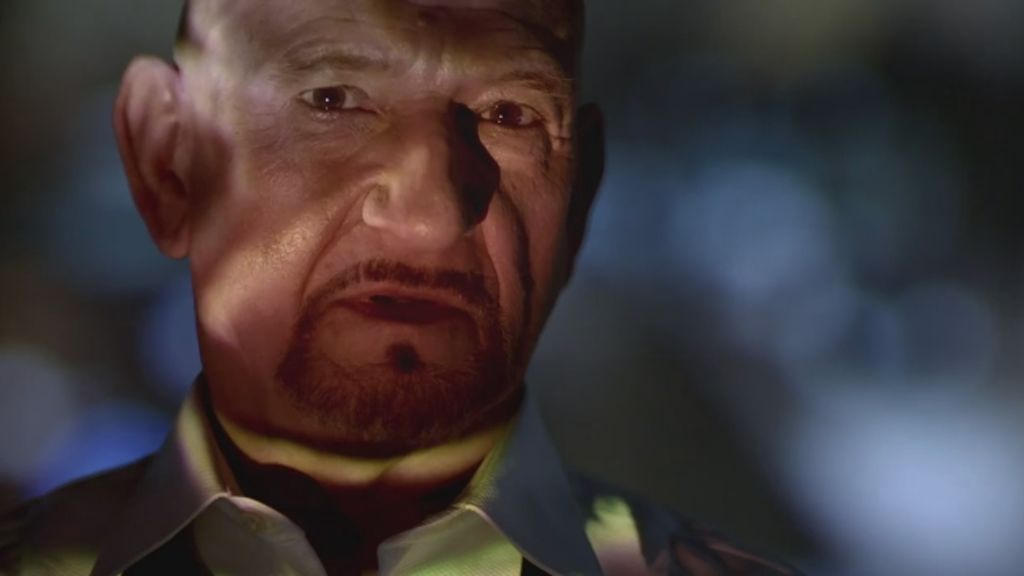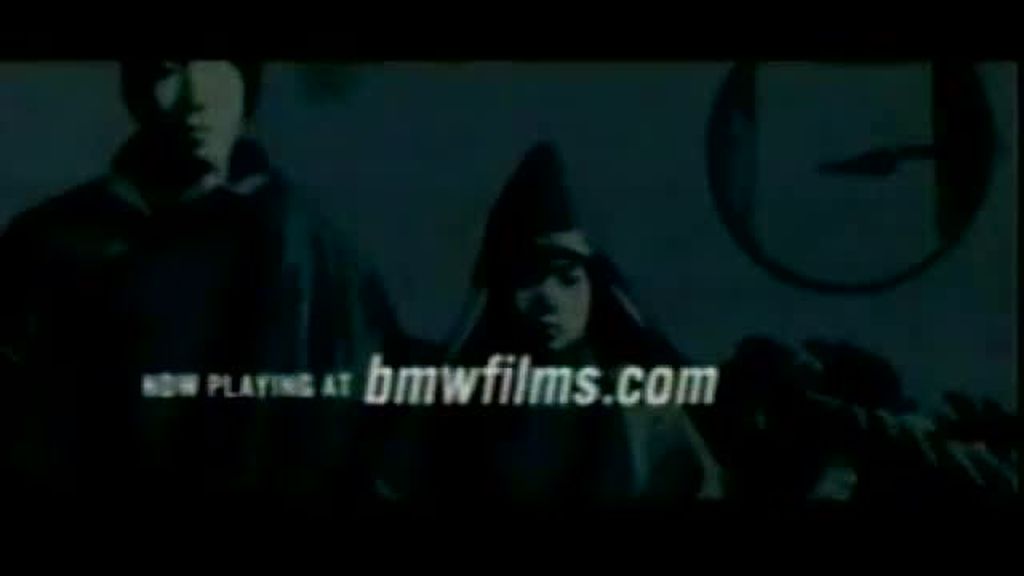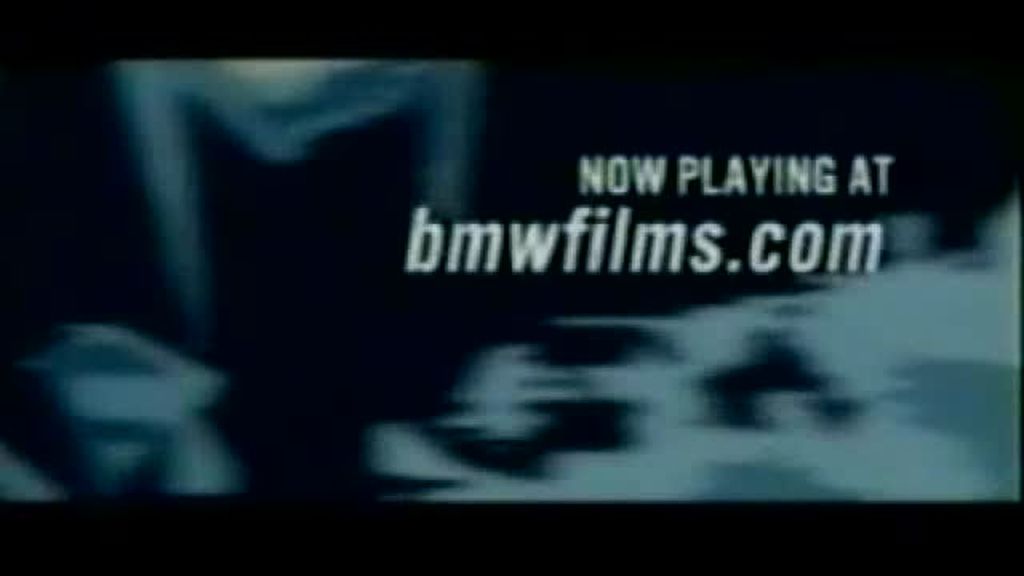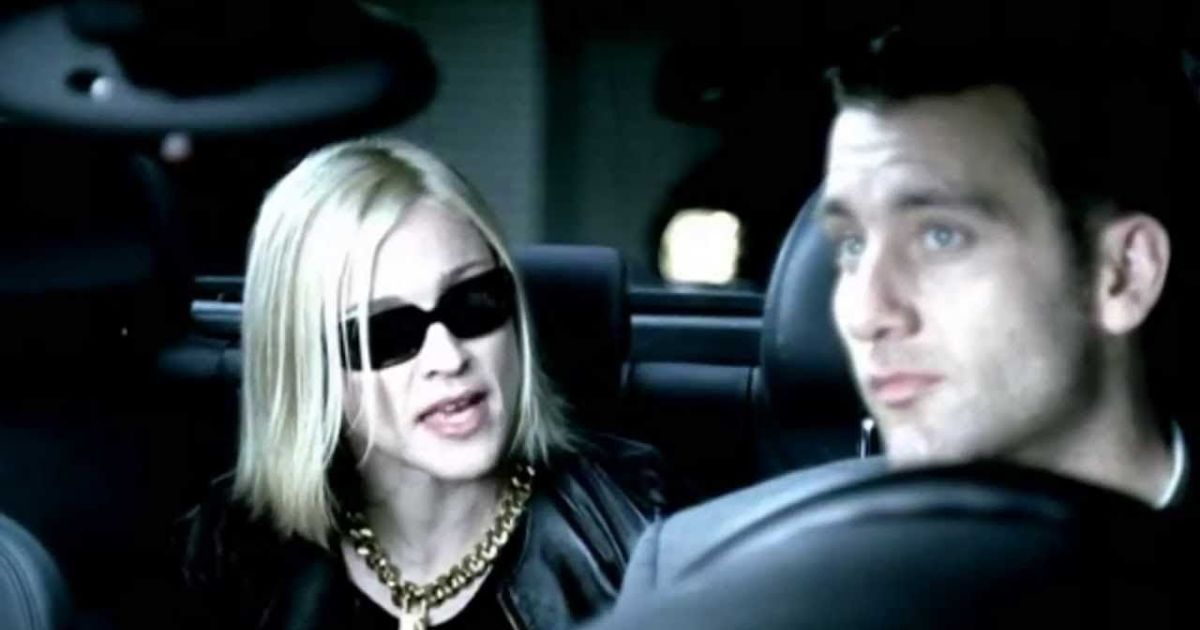How BMW's The Hire ushered in a new era
Nearly 20 years ago a car campaign changed the playing field not just for the automotive sector but for advertising as a whole. Joel Meadows revisits BMW's The Hire to examine the tread marks it has left on the industry.
The car commercial space is still one of the biggest in adland. According to stats from a 2017 report from Zenith, the US spends $180 billion a year on car advertising while the UK is the fifth largest market, with companies spending $12 billion on ads.
Car commercials have been a part of the ad landscape for decades, but in 2001 a series of BMW films called The Hire, starring Clive Owen, raised the bar for the level of detail, budget and sheer ambition.
The Hire was a starting point and a benchmark for content marketing, not only for the automotive industry but overall.
The campaign was created by Fallon Minneapolis and headed by David Lubars, who’s now Chairman and CCO at BBDO Worldwide, gives a few clues as to what they were thinking when they conceived the campaign: “Even back then the potential BMW customer was watching less TV and spending more and more time online. It was simply a case of let’s go where they are.”
Credits
powered by
- Agency Fallon/Minneapolis
- Production Company Anonymous Content
- Director Guy Ritchie
-
-
Unlock full credits and more with a Source + shots membership.
Credits
powered by
- Agency Fallon/Minneapolis
- Production Company Anonymous Content
- Director Guy Ritchie
- Composer/Arranger Michael Wandmacher
- Exec Producer David Fincher
- Sound Design Francois Blaignan
- Editor Tom Muldoon
- VFX Radium
- Exec Producer Nicole Dionne
- Sound Design Claude Letessier
- Art Director David Carter
- Chief Cr Off David Lubars
- Producer Robyn Boardman
- Copywriter Joe Sweet
- Exec CD Bruce Bildsten
- DP Chris Soos | (Director/DP)
- CD Kevin Flatt
- Art Director Tom Riddle
- Talent Madonna
- Talent Clive Owen
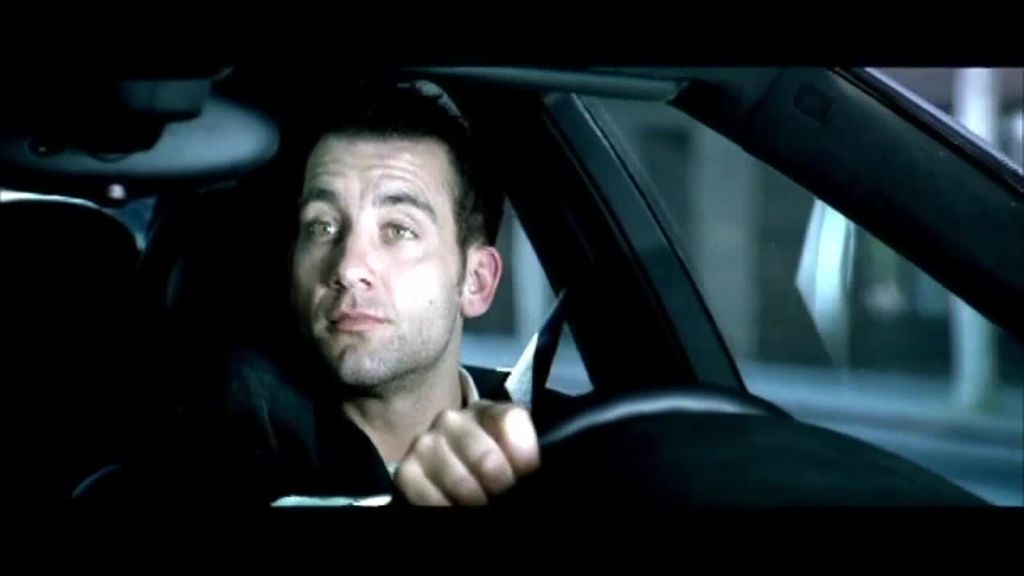
Credits
powered by
- Agency Fallon/Minneapolis
- Production Company Anonymous Content
- Director Guy Ritchie
- Composer/Arranger Michael Wandmacher
- Exec Producer David Fincher
- Sound Design Francois Blaignan
- Editor Tom Muldoon
- VFX Radium
- Exec Producer Nicole Dionne
- Sound Design Claude Letessier
- Art Director David Carter
- Chief Cr Off David Lubars
- Producer Robyn Boardman
- Copywriter Joe Sweet
- Exec CD Bruce Bildsten
- DP Chris Soos | (Director/DP)
- CD Kevin Flatt
- Art Director Tom Riddle
- Talent Madonna
- Talent Clive Owen
Above: Clive Owen and Madonna feature in Guy Ritchie's Star.
Fallon brought in A-list Hollywood director David Fincher to helm the films, but Fincher then suggested that they should break the campaign up into separate films and bring in a series of high-profile directors to helm them. He also suggested prominent figures like Madonna, Don Cheadle and Gary Oldman to appear in them.
They even created a dossier to flesh out Owen’s character, and the final list of directors reads like a who’s who of Hollywood and international talent past and present: Ang Lee (Crouching Tiger, Hidden Dragon), John Frankenheimer (The Manchurian Candidate), Wong Kar-Wei (Chungking Express), Guy Ritchie (Snatch) and Alejandro Gonzalez Inarritu (Birdman).
In fact, the films weren’t even really seen as commercials by BMW, former Anonymous Content chairman Steve Golin, who died earlier this year, told Shoot a few years ago: “The good news is that these weren’t commercials. We had very few restrictions. The budgets were equivalent to [those of] high-end commercials”.
Without quality and innovation to help it cut through to the customer, brand messages are lost and budgets wasted.
The Hire is remembered as a high-water mark for the idea of what a car commercial could be, but, in 2019, Lubars isn’t sure of the scale of its impact. “I’m not sure what shadow it’s cast,” he says. “It was certainly completely new and it took hold strongly in the culture.” However, The Hire certainly helped them commercially. They saw sales of their cars go up by 17 per cent by 2002, and it didn’t hurt Clive Owen’s career either.
BMW – Ticker (2:00)
BMW – Hostage
Above: Clips from Joe Carnahan's Ticker, featuring Don Cheadle, and John Woo's Hostage.
There is no question that without the impact of The Hire a company such as Carnage, which specialises in car commercials and car advertising, and was set up in 2016 by David Van Der Gaag and Ben Hampshire, would not have existed. Piggy Lines was a creative partner at Spark44 and then Keko London and he joined in 2018 as creative partner, excited by the prospect of what the company - and the sector - could offer.
Entertainment is arguably now the most effective way of communicating core brand values and brand difference in a market saturated with the same reliability features and pricing.
“This is the most exciting time for people prepared to innovate new models and approaches,” Lines says. “As the media model continues to change and audiences move to online and subscription spaces, brand requirements will shift too. Earning consumer time will become more important than disrupting it. At the same time, film and content opportunity is growing, but without quality and innovation to help it cut through to the customer, brand messages are lost and budgets wasted.”
You write a simple, core truth that can be flexed across channels. You can't start with the script, you have to start with the idea.
Hampshire, Carnage’s MD, sees The Hire as work that still has a huge influence on the concept of what a car commercial is now. “The BMW films are often referenced; big budget, big Hollywood directors and big storylines but, most importantly, ‘audience in’ not just ‘brand out’,” he explains. “So, [those films] can be credited with a new approach to brand messaging that is important now, with multiple channels and the imperative to give audiences value for time. Entertainment is arguably now the most effective way of communicating core brand values and brand difference in a market saturated with the same reliability features and pricing.”
Credits
powered by
- Agency Fallon/Minneapolis
- Production Company RSA Films
- Director Tony Scott
-
-
Unlock full credits and more with a Source + shots membership.
Credits
powered by
- Agency Fallon/Minneapolis
- Production Company RSA Films
- Director Tony Scott
- Art Director David Carter
- Copywriter Greg Hahn
- Producer Brian DiLorenzo
- Copywriter Vincent Ngo
- Assoc Producer Ted Knutson
- CD Bruce Bildsten
- HP/Producer Mark Sitley
- Chief Cr Off/CD David Lubars
- Art Director Tom Riddle
- Copywriter David Carter
- DP Paul Cameron
- Editor Skip Chaisson
- Line Producer Ridley Scott
- Line Producer Jules Daly
- Line Producer RSA Films/USA
- Sound Design Media Ventures
- Music Harry Gregson-Williams
- Colorist Stefan Sonnenfeld
- Music Andy Carroll / (Composer/Sound Designer)
- Producer Jules Daly
- Music Andy Carroll / (Composer/Sound Designer)
- VFX Asylum
- Music Amber Music
- Prod Design/Producti Ken Davis
- CD/Copywriter Bruce Bildsten

Credits
powered by
- Agency Fallon/Minneapolis
- Production Company RSA Films
- Director Tony Scott
- Art Director David Carter
- Copywriter Greg Hahn
- Producer Brian DiLorenzo
- Copywriter Vincent Ngo
- Assoc Producer Ted Knutson
- CD Bruce Bildsten
- HP/Producer Mark Sitley
- Chief Cr Off/CD David Lubars
- Art Director Tom Riddle
- Copywriter David Carter
- DP Paul Cameron
- Editor Skip Chaisson
- Line Producer Ridley Scott
- Line Producer Jules Daly
- Line Producer RSA Films/USA
- Sound Design Media Ventures
- Music Harry Gregson-Williams
- Colorist Stefan Sonnenfeld
- Music Andy Carroll / (Composer/Sound Designer)
- Producer Jules Daly
- Music Andy Carroll / (Composer/Sound Designer)
- VFX Asylum
- Music Amber Music
- Prod Design/Producti Ken Davis
- CD/Copywriter Bruce Bildsten
Above: Beat the Devil, starring Gary Oldman and James Brown, directed by Tony Scott.
Hampshire also sees these films as offering something different to which car commercials can aspire: “Perhaps they showed the industry what was possible, mixing entertainment with advertising,” he continues. “They didn’t really sell to the masses and, ultimately, BMW moved away from them [but] it has made it easier. It shows what is possible.
These core [green] values are only slowly emerging in automotive advertising, mainly because the mainstay of most brand’s multi-billion-dollar global fleets is still the internal combustion engine.
"The mix of new media and the ability to engage the consumer is brilliant. The complexity of doing it while making it work globally makes it much harder. We don’t live in an English-only world. Villains and Dragon Challenge for Range Rover prove you can do it again, and do it better. What has changed is the kind of idea you write. You write a simple, core truth that can be flexed across channels. You can't start with the script, you have to start with the idea.”
Jann-Philipp Jahn, CEO of Grey Deutschland, sees The Hire as having a huge influence, not just on car commercials, but on the general concept of what a commercial should be. “The Hire was a starting point and a benchmark for content marketing, not only for the automotive industry but overall,” he says. “In retrospect, the series was even more impactful back then, because Netflix and co were not flooding the market with self-produced series. The need to plant brands into consumers' reality and create interesting and engaging content is more important than ever, as our media consumption has changed fundamentally. We are moving, more and more, out of traditional media and advertising and cannot reach the consumer the same way as we used to.
It is time for communication to achieve a change of mind: don’t be afraid of change, be it, and benefit from it, and experience a very powerful way of driving while driving electric.
"When content creates an emotional connection with a consumer, that cannot be measured in short term sales figures. But smaller brands are still hesitant to spend big parts of their marketing budget on one project, as they need to ensure their awareness exposure. A project like The Hire does require a big marketing budget, and not many brands can afford those projects. But Grey Deutschland believe that it does not require that much.”
Range Rover – Dragon Challenge
Jaguar – Jaguar: British Villains Rendezvous
Above: Dragon Challenge for Range Rover and Jaguar's British Villains Rendezvous.
However, things have changed since the BMW films and, these days, green issues play a more major role in how car companies promote their product. “Sustainability and responsibility are going to be central to all mobility brands,” says Carnage’s Hampshire. “But these core values are only slowly emerging in automotive advertising, mainly because the mainstay of most brand’s multi-billion-dollar global fleets is still the internal combustion engine, even in the Hybrid ranges - and this won’t change any time soon. Battery supply, range and charging infrastructure are further complications in getting us all into electric vehicles despite the emergence of a host of new EV brands.”
Jahn sees that consumers are more savvy these days, and they won’t just accept commercials featuring a pretty looking car driving on mountain roads.
David Lubars echoes this increased emphasis on green issues: “We work with Ford so I can say, for them, it’s a major focus for the company, extraordinarily important.”
Jahn believes that new technology has always played an integral part in promoting car brands but car companies have a unique opportunity to guide consumers through the jungle of different brands on offer in this more complex world in which we live:
“All car brands are electric now, but the infrastructure – at least in Germany – is still not there to host as many electric vehicles as are on offer. Amongst the jungle of electric power stations that are hosted by many [road side] services, with different types of powers and recharge timings, every brand develops their own strategy through an app or with its own power stations to find an easy way of navigating through the new era of drive.
Nobody buys a car — which is an expression of self and status — if they dislike what the brand stands for.
"But for the consumer, being used to quick petrol availability everywhere, this is still very confusing – and those who don't want to be electric pioneers better stick to what he or she knows. Now it is time for communication to achieve a change of mind: don’t be afraid of change, be it, and benefit from it, and experience a very powerful way of driving while driving electric.”
BMW – Chosen
BMW – Ambush
Above: Clips from Ang Lee's Chosen and John Frankenheimer's Ambush.
Jahn sees that consumers are more savvy these days, and they won’t just accept commercials featuring a pretty looking car driving on mountain roads. A concept needs to be better realised, he believes. “Shiny car commercials are not enough nowadays,” he says. “Consumers are more alert and have a sense of responsibility. Topics such as the environment, efficiency, family and safety have become important, but at the same time [consumers] still have the wish of having fun, and they need recognition from their peers. To bridge this gap with the right mix of brand and product communication is our task as a communication agency.”
Shiny car commercials are not enough nowadays. Consumers are more alert and have a sense of responsibility. Topics such as the environment, efficiency, family and safety have become important.
“People in Germany want to see the product in a car commercial – they are hungry for great car shots and driving scenes, yet we need to communicate the DNA of the brand to excite them,” Jahn continues. “Because, let’s be honest, nobody buys a car — which is an expression of self and status — if they dislike what the brand stands for. The emotional connect to a car brand is more important than ever as, for example, the products of premium car brands don’t differentiate that much in their feature offering.”
Car commercials will continue to be one of the largest sectors in the advertising industry and the ride, in a way, has just begun.
BMW’s The Hire set the bar very high for what a car commercial could be and the industry has relished the challenge to create even better quality material since. Car commercials will continue to be one of the largest sectors in the advertising industry and the ride, in a way, has just begun.
)

